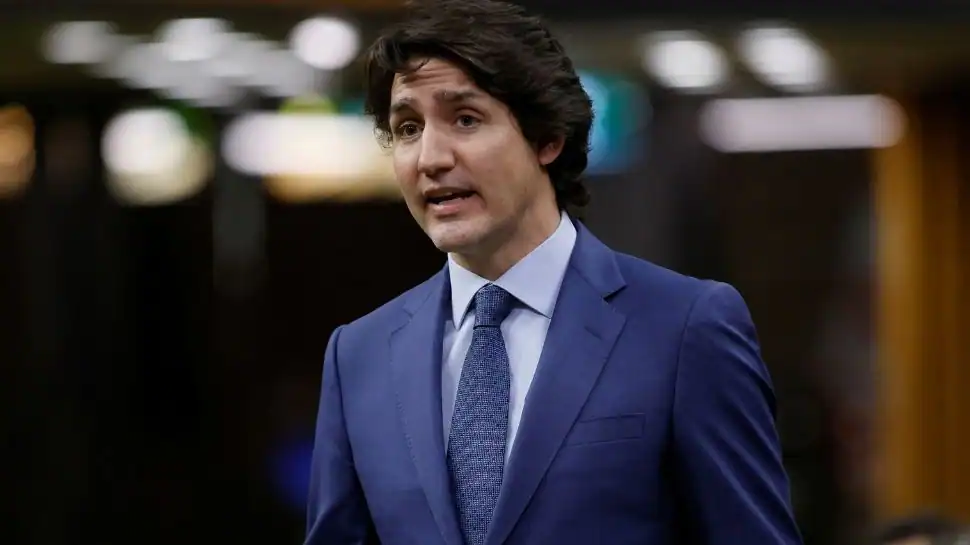Beijing: China on Friday hit back at the US by slapping an additional 34 per cent tariff on all imported American products in retaliation to President Donald Trump’s decision to impose a similar tariff on Chinese exports in the latest escalation of the trade war between the top two economies of the world.
The tariffs will be imposed on all imported US products starting April 10, state-run Xinhua news agency reported.
China filed a lawsuit with WTO after the US slapped “reciprocal tariffs” on trading partners, the report said.
The commerce ministry here said that Beijing also decided to ban the export of dual-use items to 16 US entities.
Trump announced 34 per cent tariffs on Chinese imports on Wednesday, unveiling them as part of a sweeping “Liberation Day” package aimed at reshaping American trade policy.
The tariffs brought the total levies on China to 54 per cent, close to the 60 per cent Trump threatened during his poll campaign.
China, he said, charged tariffs of 67 per cent to the US, noting that the figure included the effects of currency manipulation and trade barriers.
The new 34 per cent tariffs on Chinese imports reflect a 10 per cent universal baseline plus 24 per cent specific to the country. The 10 per cent will come into effect on April 5 while the higher reciprocal tariffs will take effect on April 9.
On Thursday, the Chinese Commerce Ministry hit hard on Trump’s tariffs on its USD 438 billion exports to the US, the third-largest after ASEAN and European Union (EU).
Separately, the Chinese Foreign Ministry spokesperson Guo Jiakun said the US tariffs gravely violated WTO rules and undermined the rules-based multilateral trading system.
China firmly rejects this and will do what is necessary to defend our legitimate rights and interests, he said.
“We have emphasised more than once that trade and tariff wars have no winners. Protectionism leads nowhere. We urge the US to stop doing the wrong thing, and resolve trade differences with China and other countries through consultation with equality, respect and mutual benefit,” he said.
The Commerce Ministry statement earlier said the US determined the so-called “reciprocal tariffs” based on subjective and unilateral evaluation. It said the tariffs do not comply with international trade rules, severely damage the legitimate rights and interests of relevant parties, and are a typical practice of unilateral bullying.
China urges the US to immediately cancel its unilateral tariff measures and properly resolve differences with its trading partners through equal dialogue, it said.
Earlier, Trump imposed two rounds of 10 per cent tariffs on Chinese goods—in February and again in March. He said he would consider lowering the tariffs if Beijing supported a deal for ByteDance to divest its short-video app TikTok to a US buyer.
China had earlier retaliated against Trump’s tariffs with an additional 15 per cent tariff on American goods and initiated legal action against Washington in the WTO.
Additionally, it added 10 US firms to the country’s Unreliable Entity List and took corresponding measures against them. These include several companies linked to defence and security besides AI, aviation, IT and dual-use items that carry both civilian and military applications.
Though Chinese officials argue that the new tariffs would hurt US consumers more, these are expected to lower substantial exports to the US hitting heavily its domestic industries that are already reeling under the impact of the slowdown of the economy.
The US is China’s third biggest export destination after ASEAN and the EU. In 2024, the US total goods trade with China was an estimated USD 582.4 billion, according to the figures from the Office of the US Trade Representative.
US goods exports to China in 2024 were USD 143.5 while the imports totalled USD 438.9 billion. The US goods trade deficit with China was USD 295.4 billion in 2024.











